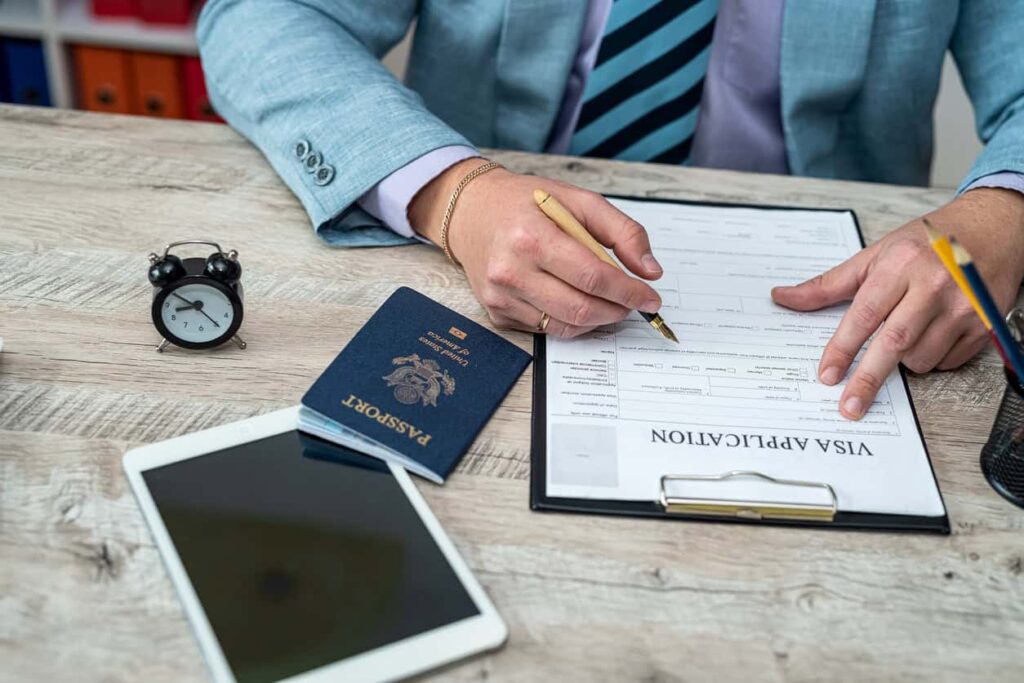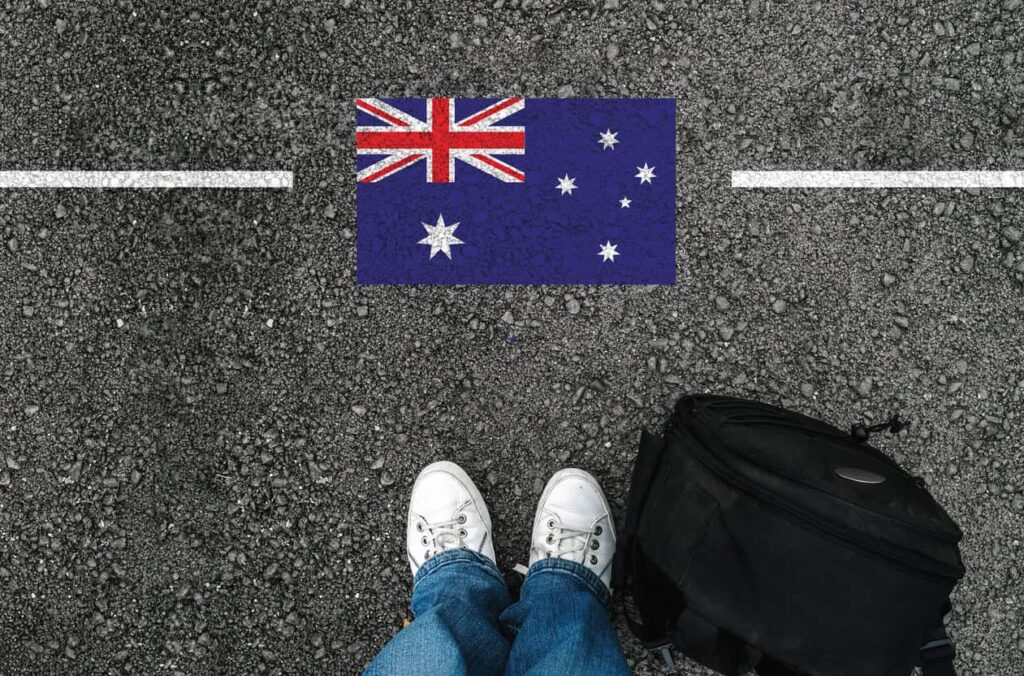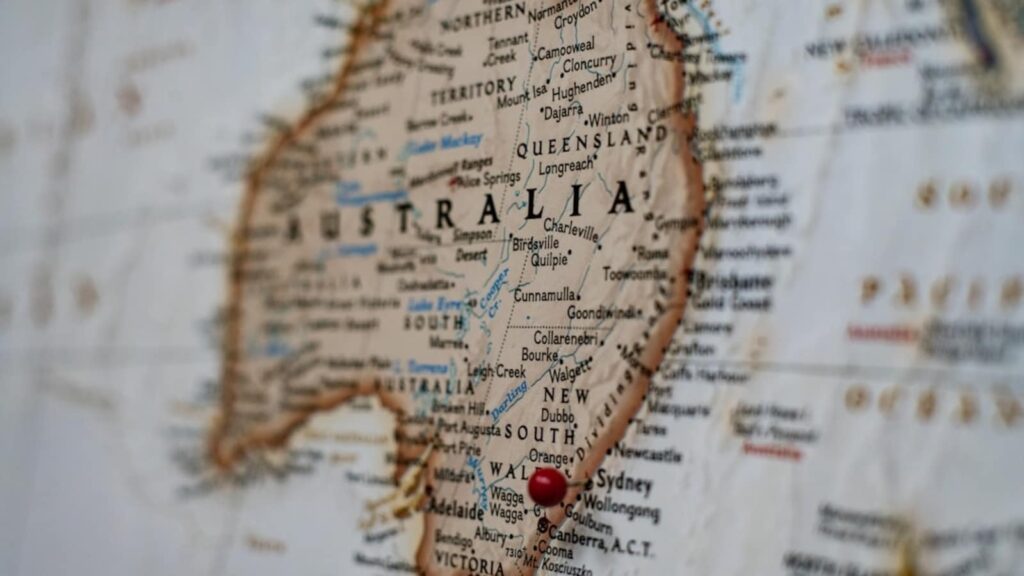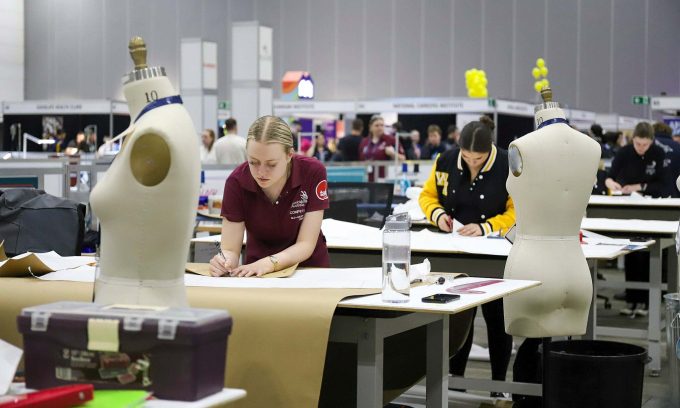Australia Eases Risk Ratings for International Students Amid Calls for Change

Changes to Country Evidence Levels for International Students in Australia
The Department of Home Affairs (DHA) has introduced new evidence levels impacting international students in Australia. These updates, confirmed through the Provider Registration and International Student Management System (PRISMS), will come into effect for visa applications submitted from 30 September 2025.
Understanding Evidence Levels
Evidence levels dictate the documentation required from international students based on their home country and chosen education provider. The recent changes are based on student visa data gathered from 1 July 2024 to 30 June 2025.
Countries are divided into three risk levels: level 1 (lowest risk) includes Bangladesh and Sri Lanka; level 2 (moderate risk) comprises India, Bhutan, Vietnam, China, and Nepal; while level 3 (highest risk) includes Fiji, the Philippines, Pakistan, and Colombia.
Notably, India and Vietnam have moved up from level 3 to level 2 due to improved approval rates. Conversely, China has downgraded from level 1 to level 2, largely due to an increase in asylum applications from students.
Implications for International Students
Education providers registered under the Commonwealth Register of Institutions and Courses for Overseas Students (CRICOS) receive a specific evidence level, determined by historical visa performance and instances of visa refusals and breaches.
Some stakeholders, like Ravi Lochan Singh from Global Reach, have raised concerns about the clarity of these assessments. They point out that a growing number of students are applying for protection visas, which could affect their ability to fulfil General Skilled (GS) requirements.
As most Australian universities are currently at level 1 or level 2, there are calls to reconsider the necessity of the evidence-level system. Mike Ferguson, a pro vice-chancellor at Charles Sturt University, advocates for focusing on sustainable growth in international student numbers instead.
Visa Requirements and Future Considerations
For visa applications, students from higher-risk countries may need to submit additional financial documentation and proof of English language proficiency. This is aimed at preserving the integrity of the international education sector while addressing concerns about potential misuse of student visas.
Moreover, Australia has announced an additional 25,000 places for international students next year, raising the cap to 295,000. This underscores the government’s commitment to promoting international education while proactively managing associated risks.
The modifications to evidence levels may influence the visa processes for international students. If you’re contemplating studying in Australia, it’s essential to be aware of how these changes could affect your student visa application and overall migration path.
What do you think?
Have a question about the recent evidence level changes or your plans to move to Australia? Scroll down and leave a comment. We’d love to hear from you.
Thinking about moving to Australia?
Join our free and supportive community at Oz Visa Forum.
Post in our forums to get advice and support from people who’ve already made the move.
Not sure where to start? Click here to get started






Responses